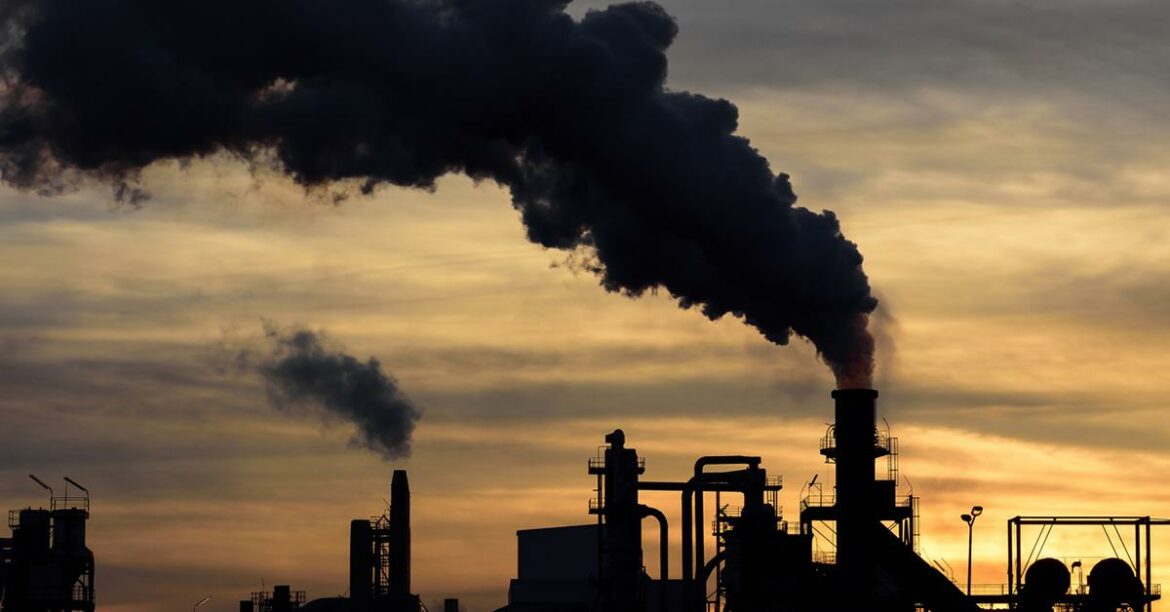India is the third-largest emitter of carbon dioxide (CO2) after China and the US.
With its rapidly growing population and an economy heavily dependent on coal and oil, its emissions are on a steep upward trajectory unless action is taken to curb them.
Along with China, India forced a last-minute change to the agreement at the COP26 climate summit, softening a commitment to tackling emissions from the burning of coal.
What emission cuts has India promised?
Prime Minister Narendra Modi has set his country a target of net-zero greenhouse gas emissions by 2070, a significantly later deadline than many other countries.
India has resisted setting overall reduction targets, saying industrialized nations should bear a much greater share of the burden as they have contributed far more towards global warming over time.
It says an “emissions intensity” target, which measures emissions per unit of economic growth, is a fairer way to compare it with other countries, it says.
Climate Action Tracker (CAT), which monitors government policies and actions, says the target is unlikely to have an impact on limiting overall projected emissions.
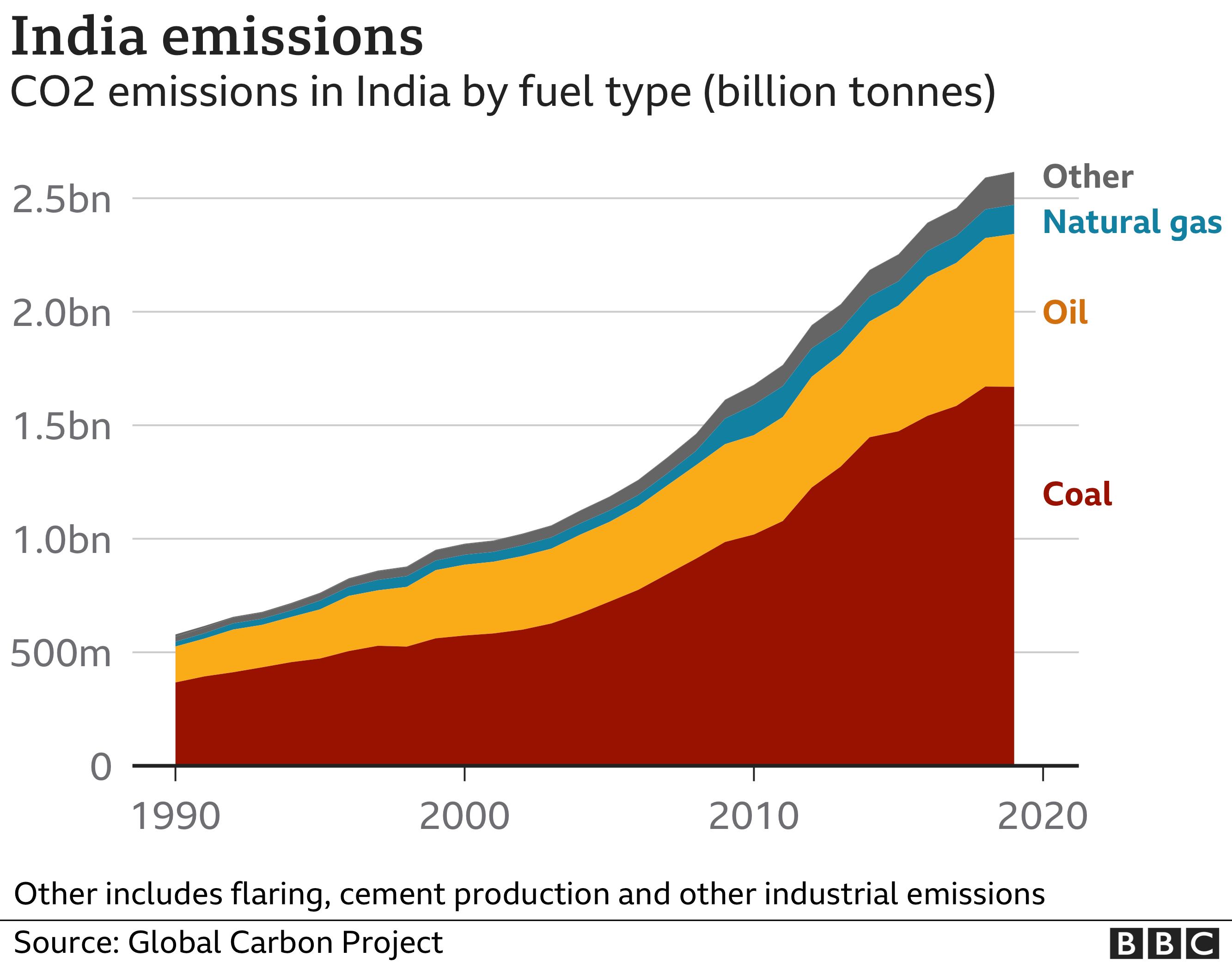
The Inter-governmental Panel on Climate Change (IPCC) says a target of global net zero – where a country is not adding to the overall amount of greenhouse gases in the atmosphere – by 2050 is the minimum needed to keep the temperature rise to 1.5C.
And more than 140 countries have publicly promised to meet this.
- India pledges net zero emissions by 2070
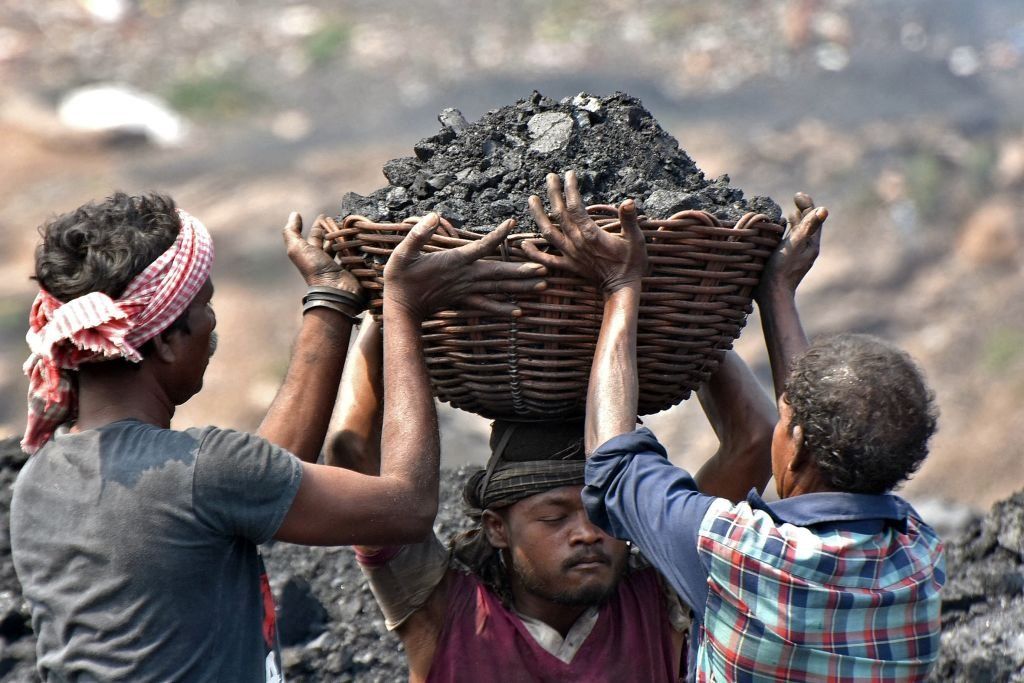
India’s prime minister has pledged that it will increase its non-fossil fuel energy capacity to 500 gigawatts (GW) by 2030.
It currently has a capacity of around 157GW.
India had previously set itself a target of reaching 175GW by next year. This goal excluded large hydroelectric and nuclear capacities, which it looks likely to miss as it currently stands at just over 100GW.
Although the new target for 2030 is more ambitious, it will only have a “small impact on real-world emissions,” says Climate Action Tracker.
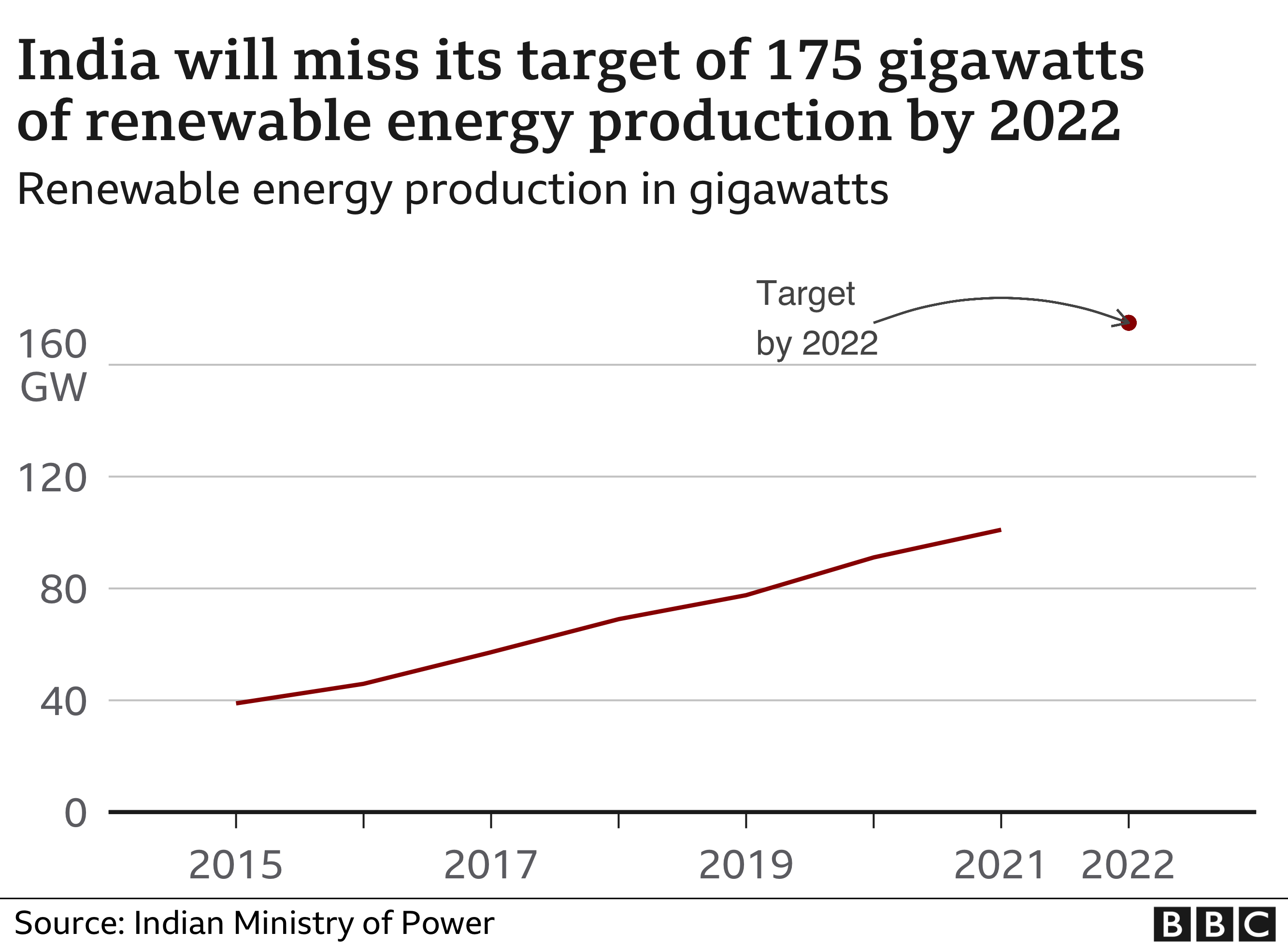
Also in 2015, India promised to provide 40% of all-electric power from non-fossil fuel sources by 2030. Mr. Modi has now increased this figure to 50%.
Generation capacity from these sources stands at around 39% as of September this year, according to India’s official statistics.
But the actual amount generated in 2020 was lower at around 20%, according to the International Energy Agency (IEA).
Cindy Baxter, of CAT, says developing countries such as India, need international support to decarbonize their economies and limit the temperature increase to 1.5C in line with the Paris Agreement.
“India does not have a conditional target that identifies where…or indeed how much support it needs.”https://emp.bbc.com/emp/SMPj/2.44.5/iframe.htmlMedia caption, Deforestation: What’s wrong with planting new forests?
India has also abstained from signing a global deal made at COP26 to reduce emissions of methane gas.
It’s one of the most potent greenhouse gases, created by agriculture, fossil fuels, and waste, and India is a major emitter.
Are India’s forests expanding?
India has highlighted many times it wants to bring a third of its land area under forest cover, which can help absorb carbon.
But it has not given a timescale for this – and progress has been patchy.
Although there have been replanting initiatives in the southern parts of India, the north-eastern region has lost forest cover recently.
And India plans to plant enough trees by 2030 to absorb an additional 2.5-3 billion tonnes of CO2 from the atmosphere.
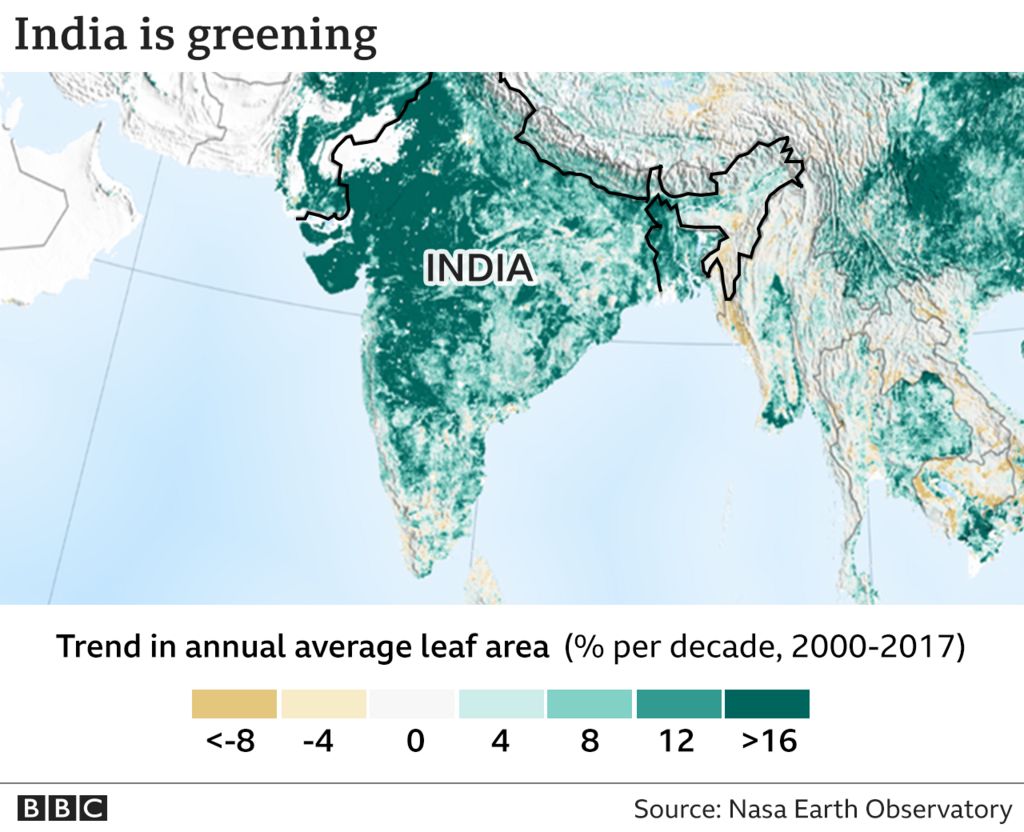
Global Forest Watch – a collaboration between the University of Maryland, Google, the United States Geological Survey and National Aeronautics and Space Administration (Nasa) – estimates India lost 18% of its primary forests and 5% of its tree cover between 2001 and 2020.
But the Indian government’s own survey data indicates a 5.2% increase in forest cover between 2001 and 2019.
The GFW report includes only vegetation taller than 5m (16ft) whereas India’s official figures are based on tree density in a given area of land.

